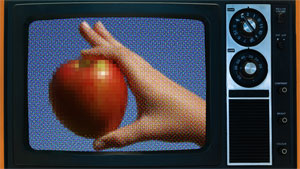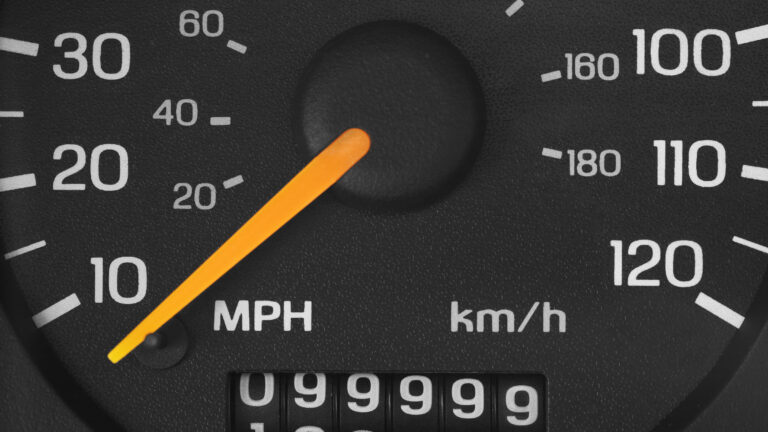Remember the DTV transition? The nationwide switch from analog to digital over-the-air television broadcasting crossed the finish line a year ago this past Saturday. So why do we feel like we're asking something akin to "Remember gopher?" or "Remember the BBS days?"
That's probably because after all the sturm und drang over the event subsided, there was remarkably little interest in what happened to the millions of people and almost 1,800 full-power TV stations impacted by the change. Who would have predicted such a blasé attitude back then? For two years the preparation for the Great Trek was accompanied by one cliffhanger moment after another.
Expect disruptions
First there was all that concern that the nation's 19 million or so analog-only couch potatoes weren't ready to make the leap. That worry went into the red zone after everyone discovered that the Department of Commerce's program to subsidize the purchase of converter set-top boxes ran out of money. So just two weeks before the old February 17 transition date, Capitol Hill extended the deadline to June 12, then replenished the DoC program via the White House's stimulus bill.
But even though over a third of the nation's stations easily made the switch by March, anxieties continued to surface like popup ads. Then FCC Chair Michael Copps warned that, despite the delay, everyone should expect "disruptions" following June 12. DTV watchers worried about retailers running out of converter boxes. When that crisis passed, they fretted over whether the new contours of digital TV signals would drop thousands of viewers after the switch.
So, in the end, how did we do?
Works okay with me
One answer comes from the Retrevo consumer gadgets search service, which did a quickie one-year-later survey last week of 200 of its visitors. The company found that most sailed through the affair pretty smoothly. Fifty-two percent reported themselves "unaffected" by the transition. Another 41 percent bought a conversion box. Nineteen percent splurged on a new digital TV. Thirteen percent fixed the problem by subscribing to cable or satellite service. And 11 percent solved the mess with a new antenna.


 Loading comments...
Loading comments...
